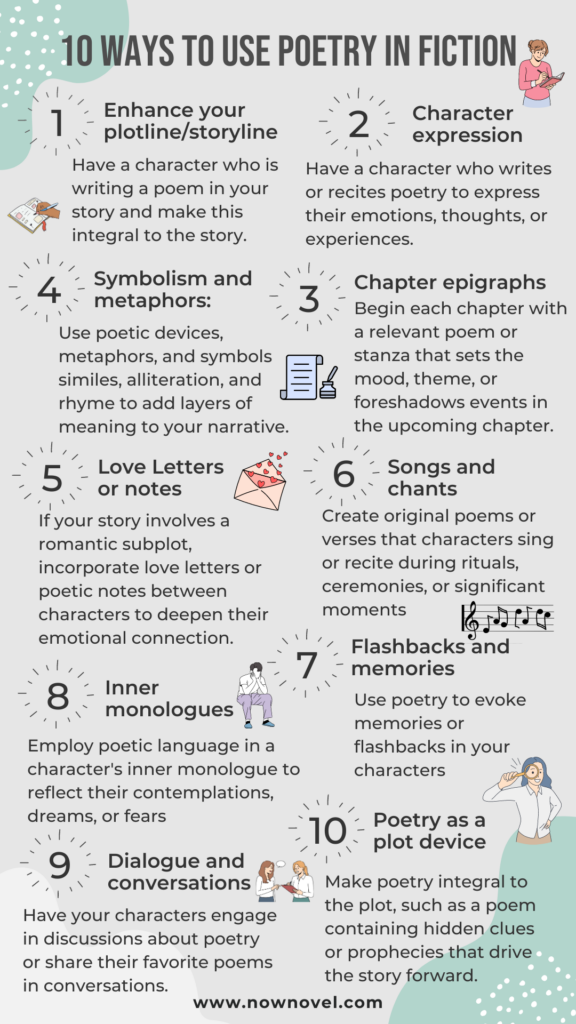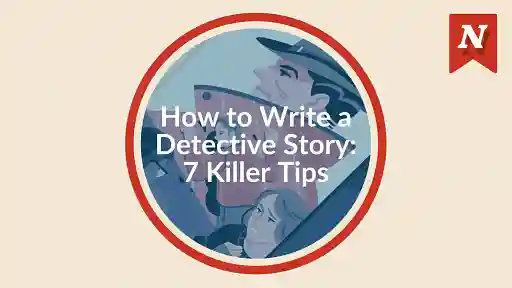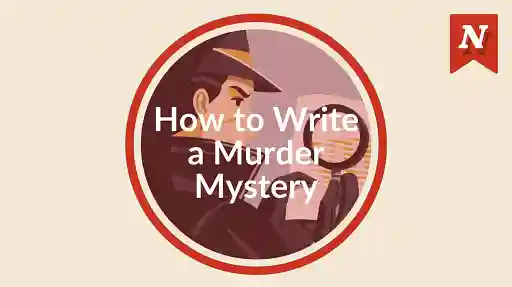Stretching eyes west, Over the sea, Wind foul or fair, Always stood she Prospect-impressed; Solely out there Did her gaze rest, Never elsewhere Seemed charm to be. From ‘The Riddle’ by Thomas Hardy
This is how John Fowles begins his novel, The French Lieutenant’s Woman, that haunting book first published in 1969. It was filmed in 1981, with Meryl Streep taking the titular role of Sarah Woodruff, the ‘woman’ of the title.
Fowles uses both quotes and poetry to begin each chapter of this novel–the poems echo many of the images that he writes about. For example, in ‘The Riddle’, quoted above, we can see the Sarah Woodruff, staring out to sea, standing on The Cobb in Lyme.
Later on, the image of Sarah Woodruff is again conjured up in these lines, this is also by Hardy:

I went, and knelt, and scooped my hand As if to drink, into the brook, And a faint figure seemed to stand Above me, with the bygone look. ‘On a Midsummer Eve’ by Thomas Hardy
These are just two examples of how a writer uses poetry in fiction. In this blog we are going to look at other examples and explore how you can use poetry in your own stories, as a scaffold, as an anchor to your story, as an enhancement. We will also explore the idea of including your own poetry in your fiction. And if you’re not already writing poetry, we have some useful tips and books to consult that will help you to craft poetry that will fit into your storyline.
Here are 10 examples of how you can use poetry in your writing:
- Enhance your plotline/storyline
- Character expression
- Chapter epigraphs
- Symbolism and metaphors
- Love letters or notes
- Songs and chants
- Flashbacks and memories
- Inner monologues
- Dialogue and conversations
- Poetry as a plot device
Let’s take a closer look at these.
Enhance your plotline and storyline
Have a character who is writing a poem in your story and make this integral to the story. This is what George Orwell does so well in Keep the Aspidistra Flying.
The main character, Gordon Comstock, has eschewed earning money at a copywriting position and takes a lowly paid job at a bookshop so that he can be free to write poetry. He’s had one volume published, Mice: and in a scene in the bookshop this is described, rather disparagingly: ‘His own wretched book was there—skied, of course, high up among the unsaleable. Mice, by Gordon Comstock; a sneaky little foolscap octavo, price three and sixpence but now reduced to a bob.’ Throughout the novel he works on a long poem, to be called ‘London Pleasures’. This is a good example of using poetry to enhance your plotline or storyline. It’s also an example of a writer creating their own poetry for use in a story. Look at the following extract from Orwell’s novel:

Sharply the menacing wind weeps over The bending poplars, newly bare, And the dark ribbons of the chimneys Veer downward; flicked by whips of air, Tom posters flutter.
Character expression
Have a character who writes or recites poetry to express their emotions, thoughts, or experiences. This can give readers insight into the character's inner world and motivations.

Chapter epigraphs
Begin each chapter with a relevant poem or stanza that sets the mood or theme, or foreshadows events in the upcoming chapter. In some ways this is what Fowles is doing in the poems he uses in The French Lieutenant’s Woman.
Symbolism and metaphors
Use poetic devices such as metaphors, and symbols similes, alliteration, and rhyme to add layers of meaning to your narrative. You might naturally incorporate these into your writing, but if not, make a conscious effort to include these. Come up with new metaphors or similes, for example. For advice on how to add more lyricism to your writing, have a look at our tips.
Love letters or notes
If your story involves a romantic subplot, incorporate love letters or poetic notes or poems between characters to deepen their emotional connection. The Guernsey Literary and Potato Peel Pie Society (2008) by Mary Ann Shaffer and Annie Barrows does this well, although the novel is also epistolary in nature, using letters and telegrams as a narrative device. Another wonderful novel, also written entirely in letters, though, is The People in the Photo by Hélène Gestern, published in 2011, and subsequently translated into English. This rich imagining of a love affair takes place throughout letters exchanged between the main characters.
Songs and chants
Create original poems or verses that characters sing or recite during rituals, ceremonies, or significant moments. Introduce folklore, myths, or legends in poetic form within your story to create a sense of history and lore in your fictional world. In The Chronicles of Narnia, by CS Lewis, rhymes and songs are also incorporated as part of the narrative:
Wrong will be right, when Aslan comes in sight, At the sound of his roar, sorrows will be no more, When he bares his teeth, winter meets its death, And when he shakes his mane, we shall have spring again.
Similarly, JRR Tolkien includes uses rhyme to add to the creation of his fictional world. This is from The Lord of the Rings:
The Road goes ever on and on Down from the door where it began Now far ahead the Road has gone, And I must follow, if I can, Pursuing it with eager feet, Until it joins some larger way Where many paths and errands meet. And wither then? I cannot say. Three Rings for the Elven-kings under the sky, Seven for the Dwarf-lords in their halls of stone, Nine for Mortal Men doomed to die, One Ring to rule them all, One Ring to find them, One Ring to bring them all and in the darkness bind them In the Land or Mordor where the Shadows lie
Inner monologue
Employ poetic language in a character's inner monologue to reflect their contemplations, dreams, or fears. Introspection and reflection: Have your characters write poetry as a means of introspection, self-discovery, or coping with difficult situations.
Flashbacks and memories
Use poetry to evoke memories or flashbacks in your characters, triggering emotional responses and revealing past events.
Dialogue and conversations
Have your characters engage in discussions about poetry or share their favorite poems in conversations. This can provide insights into their personalities and create meaningful interactions between characters. This is also done to good effect in John Fowles’s The French Lieutenant’s Woman. Two of the characters, Charles Smithson, an orphaned gentleman, and Ernestina Freeman, his fiancée, recite poetry to each other, but Fowles has cleverly used poetry that reveals some of the emotional undercurrents between the two.
Poetry as a plot device
Make poetry integral to the plot, such as a poem containing hidden clues or prophecies that drive the story forward. Dan Brown does this well in The Da Vinci Code. The words, ‘O, Draconian devil! Oh, lame saint!’ reveal an important clue for Robert Langdon, the main character, in this fast-paced novel.
There’s more great advice on our blog how poetry can enhance your writing and what lessons you can learn from writing poetry.
For a reading list of some poetry anthologies and other novels that incorporate poetry in novels, take a look at Caroline Hardaker's blog.
Copyright considerations
However, if you are including poetry from others in your writing, you do need to consider copyright issues. When the poems you want to use are out of copyright, there is no issue, and you can use without concerning yourself with this. When a work is in the public domain you are safe too. When a work is out of copyright is also country dependent, so you will need to check copyright laws. In the US, for works published after 1978, copyright lasts for the life of the author, plus 70 years after. Check copyright for other countries if you are using poems published outside of the US. For more information on US copyright, look at the US government guidelines.
For a really comprehensive look at copyright questions, whether and how to get copyright from works that are copyrighted, Jane Friedman’s blog is something to bookmark. She goes into the issue in excellent detail.
There’s another excellent blog from The Urban Writers, which is well worth reading, looking at the legal side of using poetry in your novels.
Creating your own poetry
What if you can’t get permission or want to write your own? Or, you may not find poems that fit your story exactly. You do, of course, have the option of writing your own. If you’re not a poet, or haven’t even thought of writing poetry, don’t throw up your hands in despair at this suggestion! There are some excellent poetry books that will help you craft poetry. And who knows, you might decide that this is something you want to pursue and take further.
My top favourite is Kate Clanchy’s book, How to Grow a Poem, with easy and an enormously varied set of prompts. For example, ‘A View of Things’ by Edwin Morgan is reproduced. Here’s a few lines from it:
what I love about dormice is their size what I hate about rain is its sneer what I love about the Bratach Gorm is its unflappability what I hate about scent is its smell
You will then take this as an example and write your own version of the poem, copying its format. Of course you’ll move onto creating your own poetry, but these prompts ‘ease’ you into writing your own poetry if you have never done so.
Another wonderful book is Mary Oliver’s A Poetry Handbook, written in her trademark ‘simple’ style.
Or think collaboration. If you know poets, maybe you could collaborate with one to create and include original poetry in your novel. There have been lots of collaborations between writers and artists or photographers, so this is another spin on that idea.
Or think collaboration. If you know poets, maybe you could collaborate with one to create and include original poetry in your novel. There have been lots of collaborations between writers and artists or photographers, so this is another spin on that idea. If you don’t know any poets, you could pick up collections of poetry to see who might chime with what you want to achieve, you could attend poetry readings, or read literary magazines or reach out on social media.
Subscribe to our newsletter
One million authors use our writing resources to get their books published. Come join them.
Some final points
Disadvantage
There is a disadvantage to including poetry that you should consider: too many poems could interrupt the narrative flow of your novel, so be mindful of this. Use it to advance the plot or show character ‒ you don’t want to yank the reader the out of the narrative.
Advantage
But the advantage of using poetry and writing your own is that you will learn a new skill, become a duel- or multiple-genre writer, and learn to incorporate some of the techniques that poetry uses as a matter of course.
If you’d like to get reading some poetry and need some inspiration, read more from our archive on the best twentieth century poems.
If you’d like to take the next step in your writing journey, sign up here.








